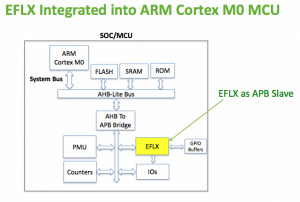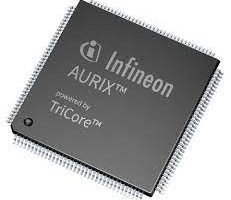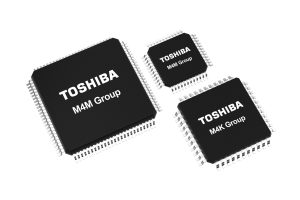
“It shows designers a complete implementation of embedded FPGA and provides a ‘breadboard’ for MCU and SoC architects to experiment with the architecture to develop their own products,” says Flex Logix CEO Geoff Tate, “a flexible microcontroller or SoC has a block of embedded FPGA, with appropriate RAM resources, on the processor bus and can be configured, and reconfigured, by the customer to accelerate the workload(s) that matter in their applications. The embedded FPGA also can implement programmable I/O either directly or on the peripheral bus, enabling customers to implement the flavor of serial I/O they require and/or to do processing of I/O to offload the host processor.”
Until now, microcontrollers and SoCs have done all processing in the MPU or sometimes have a hardwired accelerator on the processor bus for the highest-workload task, such as Advanced Encryption Standard (AES).
If various customers have distinct workloads and thereby need different accelerators, different hardwired accelerator versions are required to be designed and manufactured. This results in substantial cost in masks, design time and qualification time, as well as adding significant lead time to perform all the tasks. A flexible microcontroller with embedded FPGA saves mask costs, speeds time to market and enables the customer to deploy their own accelerators.
Flex Logix is demo-ing a flexible microcontroller concept design based on the Arm Cortex-M0, and using peripherals from Silvaco combined with a reconfigurable accelerator and reconfigurable I/O. Flex Logix will show several different applications. The reference design is implemented on Flex Logix’s TSMC16FFC validation chip, which implements an EFLX200K array and substantial RAM.
Evaluation boards with the EFLX200K validation chip will be available later this quarter for customers for evaluating both the flexible microcontroller and the EFLX200K validation chip to try out their own RTL designs in hardware for other applications such as networking, artificial intelligence, signal processing, and more.
 Electronics Weekly Electronics Design & Components Tech News
Electronics Weekly Electronics Design & Components Tech News


